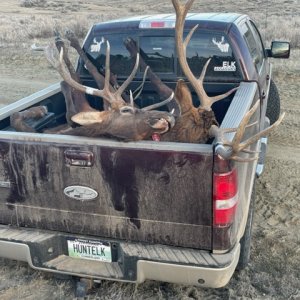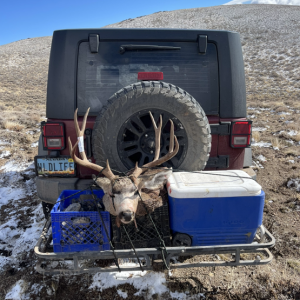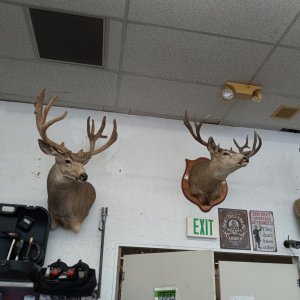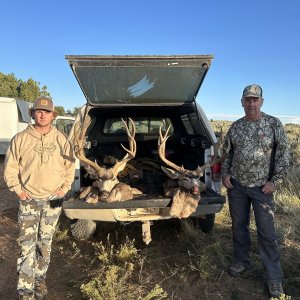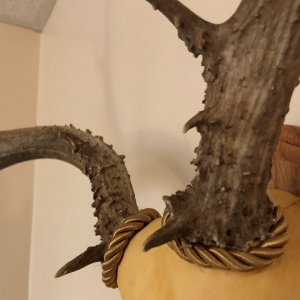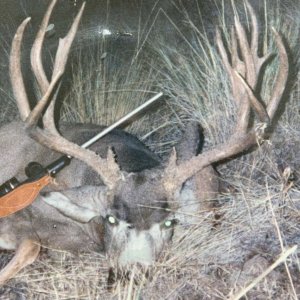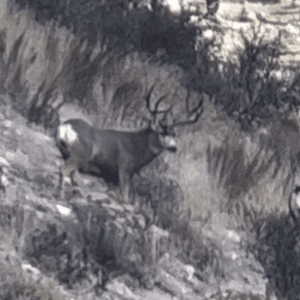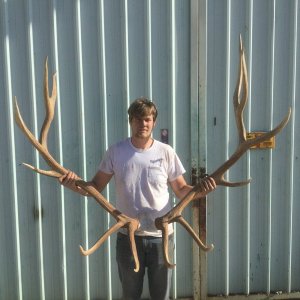JPickett
Long Time Member
- Messages
- 3,763
Been reloading for going on 20 years myself but I appear to have come up with a question I can’t quit figure an answer for. Maybe some of you guys have some insights
So is a jamb a jamb regardless of how much?
Here’s why I ask. Worked up a load a while back and must have had my gauge off when I was measuring the lands. Ended up with a great load but turns out I had like 30 thou jamb if not a bit more. Bolt closed, worked great, no pressure signs but I was way deeper in the lands then I thought. So backed it off to 5 thou and zero difference. Shoots the same, ES, FPS, SD whatever you wanna track.
So, got me thinking. If it’s Jammed, already on the lands. Does it change a thing as far as performance goes wether it’s 50 thou or 5? My guess is it could build more pressure but even that isn’t quite penciling out in my mind.
What say you? @Zeke ? You know?
So is a jamb a jamb regardless of how much?
Here’s why I ask. Worked up a load a while back and must have had my gauge off when I was measuring the lands. Ended up with a great load but turns out I had like 30 thou jamb if not a bit more. Bolt closed, worked great, no pressure signs but I was way deeper in the lands then I thought. So backed it off to 5 thou and zero difference. Shoots the same, ES, FPS, SD whatever you wanna track.
So, got me thinking. If it’s Jammed, already on the lands. Does it change a thing as far as performance goes wether it’s 50 thou or 5? My guess is it could build more pressure but even that isn’t quite penciling out in my mind.
What say you? @Zeke ? You know?


